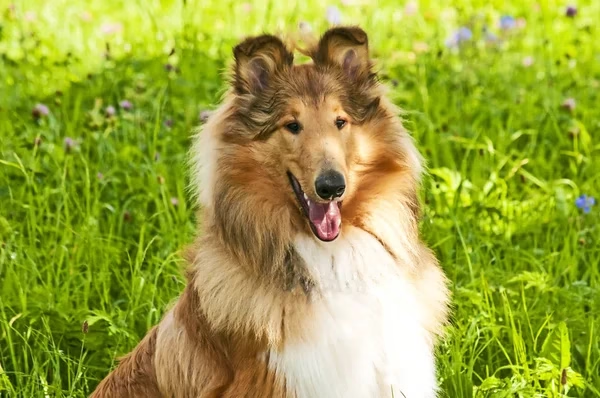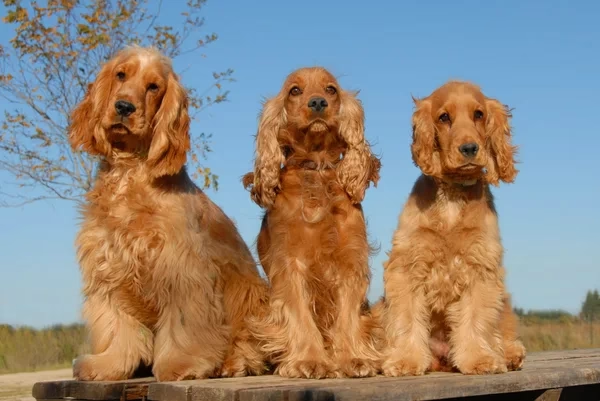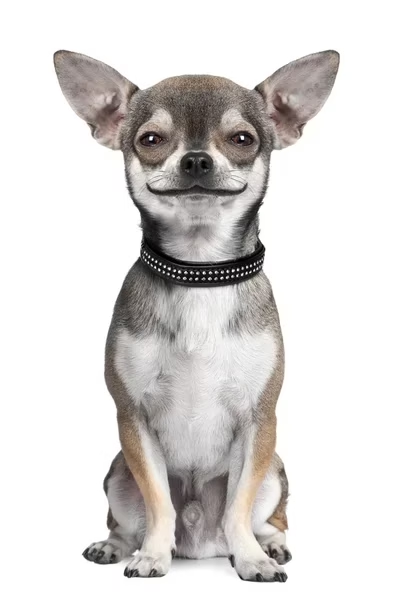Introduction
The Afghan Hound is a strikingly beautiful dog breed known for its flowing silky coat, dignified demeanor, and independent nature. Originating in the rugged mountains of Afghanistan, this ancient breed was once a prized hunter and royal companion. In our Afghan Hound Guide, you’ll learn everything you need to know about this graceful, elegant breed—from grooming and feeding to temperament and ideal living environments.
Breed Overview
- Group: Hound
- Origin: Afghanistan
- Size: Large
- Weight: 50–60 lbs (22–27 kg)
- Height: 25–27 inches (63–69 cm)
- Lifespan: 12–14 years
- Temperament: Independent, dignified, loyal
- Coat: Long, fine, silky
- Colors: Black, cream, blue, red, brindle, and more
History and Origin
This breed’s heritage stretches back over 4,000 years. The Afghan Hound was bred by nomadic tribes to hunt large game in the harsh mountainous regions of Central Asia. Renowned for their speed, agility, and endurance, they were also admired for their exotic appearance. British soldiers introduced them to Europe in the early 20th century, where they gained popularity as luxury pets and show dogs.
Appearance and Characteristics
The Afghan Hound’s noble posture, long topknot, and sleek body distinguish it among breeds. Their powerful build and unique coat make them suited to both show rings and cold mountain climates.
Key Features:
- Long, flowing coat
- Narrow head with a prominent topknot
- Arched neck and prominent hipbones
- Long legs designed for speed
Personality and Temperament
Afghan Hounds are often compared to cats due to their aloof, independent personalities. They are:
- Loyal to family but reserved with strangers
- Emotionally sensitive
- Intelligent, but not eager to please
- Dignified and rarely overly affectionate
Training Tip: Afghan Hounds need patient, respectful training. Avoid harsh corrections; they respond best to positive reinforcement.
Exercise Needs
Although they appear calm indoors, Afghan Hounds are athletic and energetic.
- Require at least 60 minutes of activity daily
- Love to run—ideally in safe, enclosed spaces
- Benefit from mental stimulation to prevent boredom
- Strong prey drive, so off-leash time must be supervised
Grooming Requirements
Grooming is essential for maintaining the Afghan Hound’s luxurious coat:
- Brush 3–4 times per week
- Bathe weekly using quality shampoo
- Trim feet and ears regularly
- Inspect coat for debris after outdoor activities
Some owners opt for a trimmed coat for easier maintenance.
Feeding and Nutrition
Feeding your Afghan Hound properly supports its overall health and vitality:
- Choose high-quality food designed for active, large breeds
- Split meals into 2 portions per day to prevent bloating
- Ensure access to clean, fresh water
- Avoid overfeeding—treats should be limited
Health and Common Issues
Afghan Hounds are generally healthy but can suffer from:
- Hip dysplasia
- Hypothyroidism
- Allergies
- Cataracts
- Bloat (gastric torsion)
Regular vet visits, exercise, and a balanced diet help mitigate health risks.
Living Environment
This breed thrives in:
- Homes with spacious, fenced yards
- Quiet, structured environments
- Families or individuals with prior dog experience
While not ideal for small apartments, Afghan Hounds can adapt with enough daily exercise and mental enrichment.
Are Afghan Hounds Good Family Pets?
Afghan Hounds can make excellent family dogs under the right conditions. They are gentle with children they know but not naturally affectionate or playful. They suit households that respect their independence and offer calm, structured routines.
Fun Facts About Afghan Hounds
- Nicknamed “the supermodels of the dog world”
- Their long hair once protected them from harsh Afghan winters
- One of the oldest domesticated dog breeds
- Registered by the AKC in 1926
External and Internal Resources
Conclusion
This Afghan Hound Guide has explored everything from history and personality to grooming and feeding. If you’re drawn to elegance, mystery, and a touch of independence in a dog, the Afghan Hound may be your ideal companion. With the right home, this regal breed becomes a loyal and captivating member of the family.







